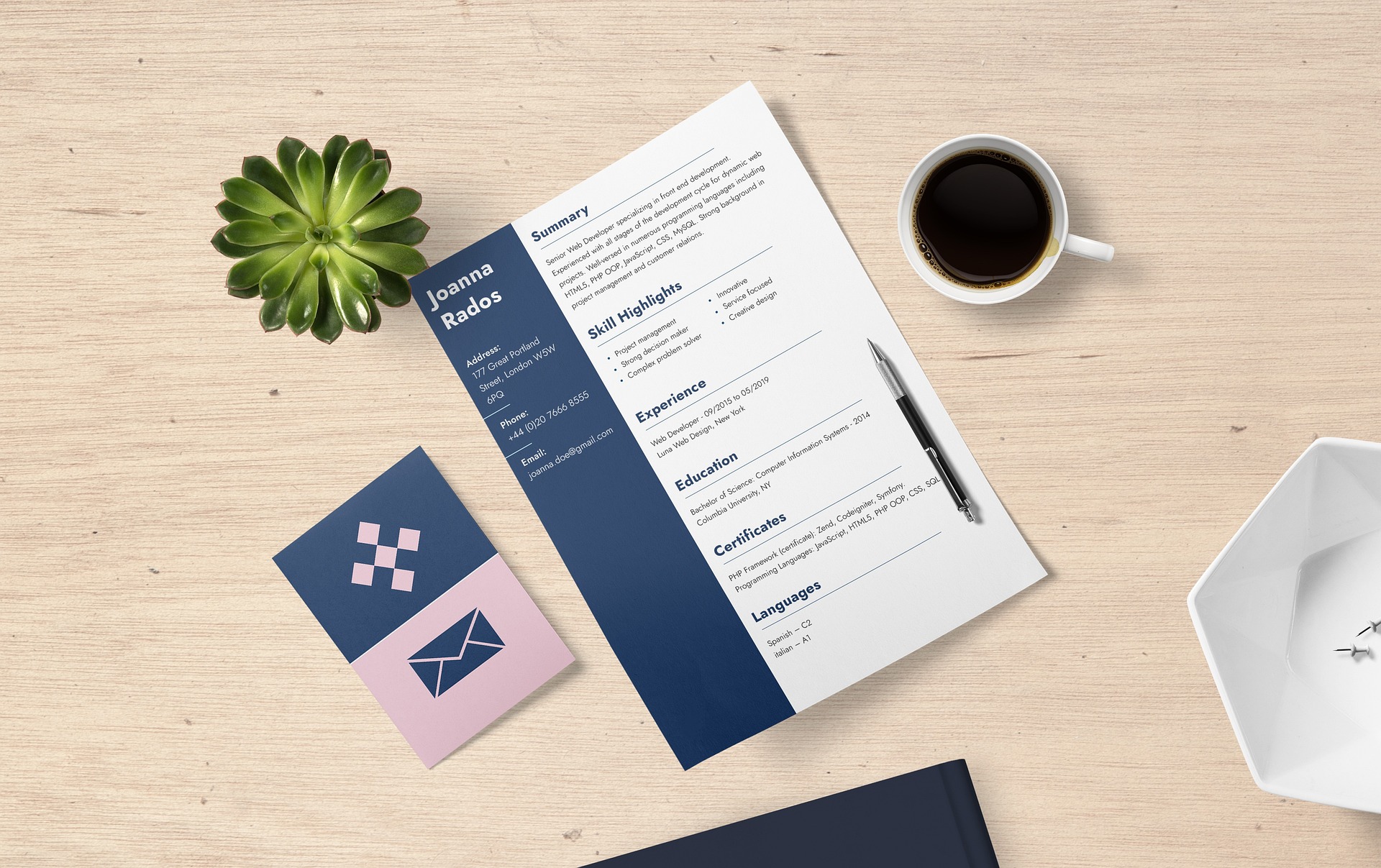
In this extra post, Eleanor Hennige provides some helpful advice for early career researchers on how to write an effective academic CV. Eleanor is is the Research Staff Careers Consultant based in the Institute for Academic Development.
The purpose of an academic CV might seem obvious in that it’s used for job applications and it’s a document that every researcher has. However, the trick to an effective CV is keeping it up-to-date with recent achievements and presenting a picture relevant to the role to which you are applying. A well presented CV can be the difference between securing that all important interview, or not.
Writing an academic CV is not a quick exercise; certainly not if you intend to sell yourself as the ideal candidate. Every time you apply for a job you need to tailor your CV for that specific role. Don’t undersell yourself by presenting a generic CV that will call into question your suitability and motivation for the job in question through lack of detail. Instead, practice the art of decoding the job description and person specification. This means going through these documents with a fine toothcomb, ideally armed with a highlighter too, and identifying the key skills and experience sought.
You should also be able to get a feel for the employers’ preference and the order of importance of these skills. Once you’ve identified what the employer is looking for you can make sure that these key skills and experiences are evidenced within the first two pages of your CV. Remember, presenting the most relevant experience first is key to capturing the recruiter’s interest.
What to do
- Focus on ensuring that pages one and two have the most important information relevant to the role, such as skills and experience. This might mean swapping the order of your sections around each time that you make a new application.
- Use bullet points to describe your experience and highlight its relevance and wider impact. A strong bullet point starts with an active verb and covers a key achievement and the skills that you used to do so. It shouldn’t be longer than four lines of text.
- Use facts and figures wherever possible to back up your level of responsibility and to help quantify your achievements. For example, include a brief section highlighting the number of publications and any notable articles but leave the full “Publication Section” until later.
- Proofread for mistakes and grammatical errors as high standards are expected. Better still, get a colleague or friend to proofread it too.
- Do ensure that the CV has a clear structure. Key sections often include Research, Teaching, Funding & Awards, Publications, Administration and Public Engagement / Wider Impact. It must be well formatted and with a minimum font size of 11. It won’t get read if the recruiter finds it too difficult to pick out the key information – keep it simple and professional, no party tricks.
- Do keep your objective or personal profile brief, if you choose to have one. These can do an excellent job of selling you if written well. Too much detail and they lose their impact.
- Do upload your CV as a PDF when submitting it. This ensures more reliable formatting should the CV be printed off as well as being read on screen.
What not to do
- Do not write “Curriculum Vitae” at the top of the document, it should be obvious from the layout what the document is. Instead, use your name as the header.
- Don’t include your date of birth (DOB) when applying for academic roles within the UK as this information is not needed (check local preferences when making applications outside of the UK).
- Don’t include lists of information without making it relevant to the role i.e., don’t give lists of courses with no description of what they are and the relevance to you.
- Don’t assume that a publication list means that you don’t need to provide any detail on your research. Research is one of the key sections of an academic CV.
- Don’t undersell yourself by not including corresponding evidence and facts and figures.
- Don’t make it too long. The average length for researchers at an early stage of their career is four to five pages.
- Don’t forget about the covering letter. It is rare that a CV would be a standalone document.
- Don’t forget to brief your referees. If you have given your referees the details on the role that you are applying for, they will be able to write a better reference.
Targeting your applications will make the difference
The takeaway message is to put the most important things first, and make a match between the skills that you have and what the role is asking for. Don’t waste space and time giving unnecessary detail. Remember that not every academic position advertised is the same so do your research. Consider what is the focus of the department and how your current research fits in as well as future research plans that you have to offer.
This post was originally featured in THE Campus: Academic CV writing dos and don’ts
 Eleanor Hennige
Eleanor Hennige
Eleanor Hennige is the Research Staff Careers Consultant based within the IAD at the University of Edinburgh. Eleanor is responsible for providing careers support to early career researchers on fixed term contracts (i.e. research assistants, post docs, research fellows, teaching assistants and teaching fellows). Eleanor is available for 1:1 career consultations and also delivers a suite of Career Development workshops throughout the academic year. Eleanor has over 10 years experience in careers guidance and working with staff and postgraduate students from a variety of backgrounds.>


